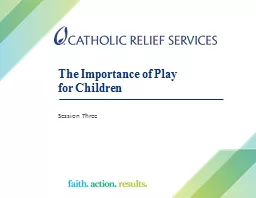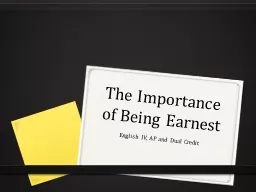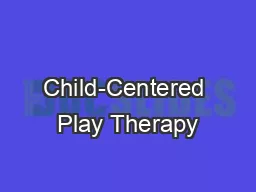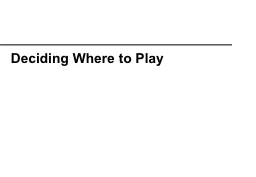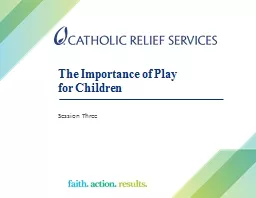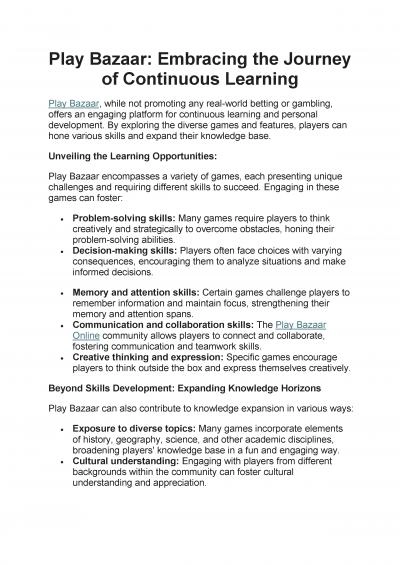PPT-The Importance of Play
Author : sherrill-nordquist | Published Date : 2016-07-28
for Children Session Three Baby Games Playing with baby helps her to feel safe and loved and develop feelings of trust Tummy tickles Silly songs Blowing bubbles
Presentation Embed Code
Download Presentation
Download Presentation The PPT/PDF document "The Importance of Play" is the property of its rightful owner. Permission is granted to download and print the materials on this website for personal, non-commercial use only, and to display it on your personal computer provided you do not modify the materials and that you retain all copyright notices contained in the materials. By downloading content from our website, you accept the terms of this agreement.
The Importance of Play: Transcript
Download Rules Of Document
"The Importance of Play"The content belongs to its owner. You may download and print it for personal use, without modification, and keep all copyright notices. By downloading, you agree to these terms.
Related Documents

